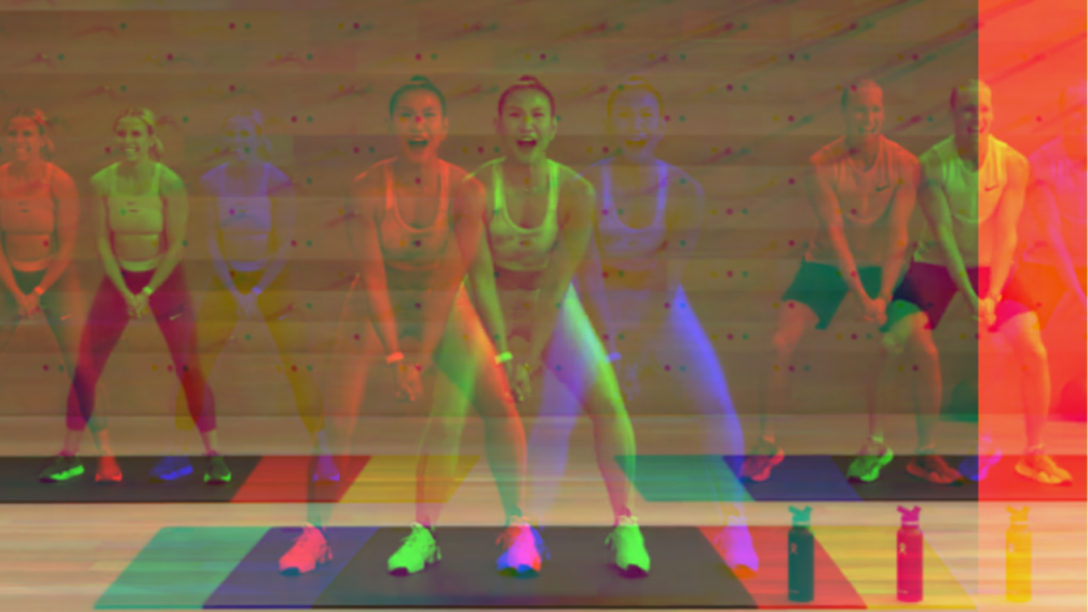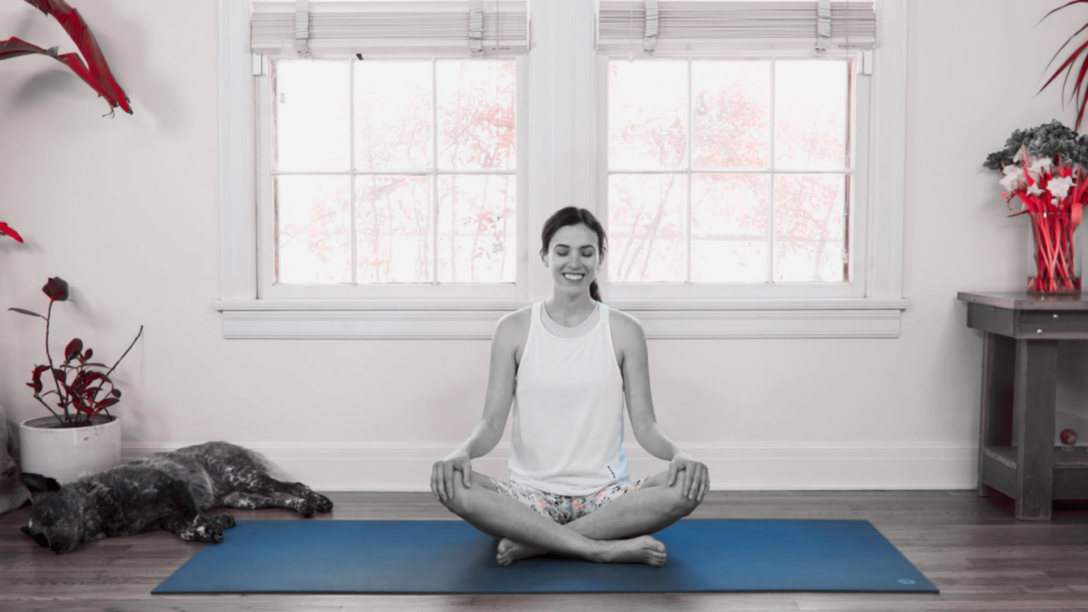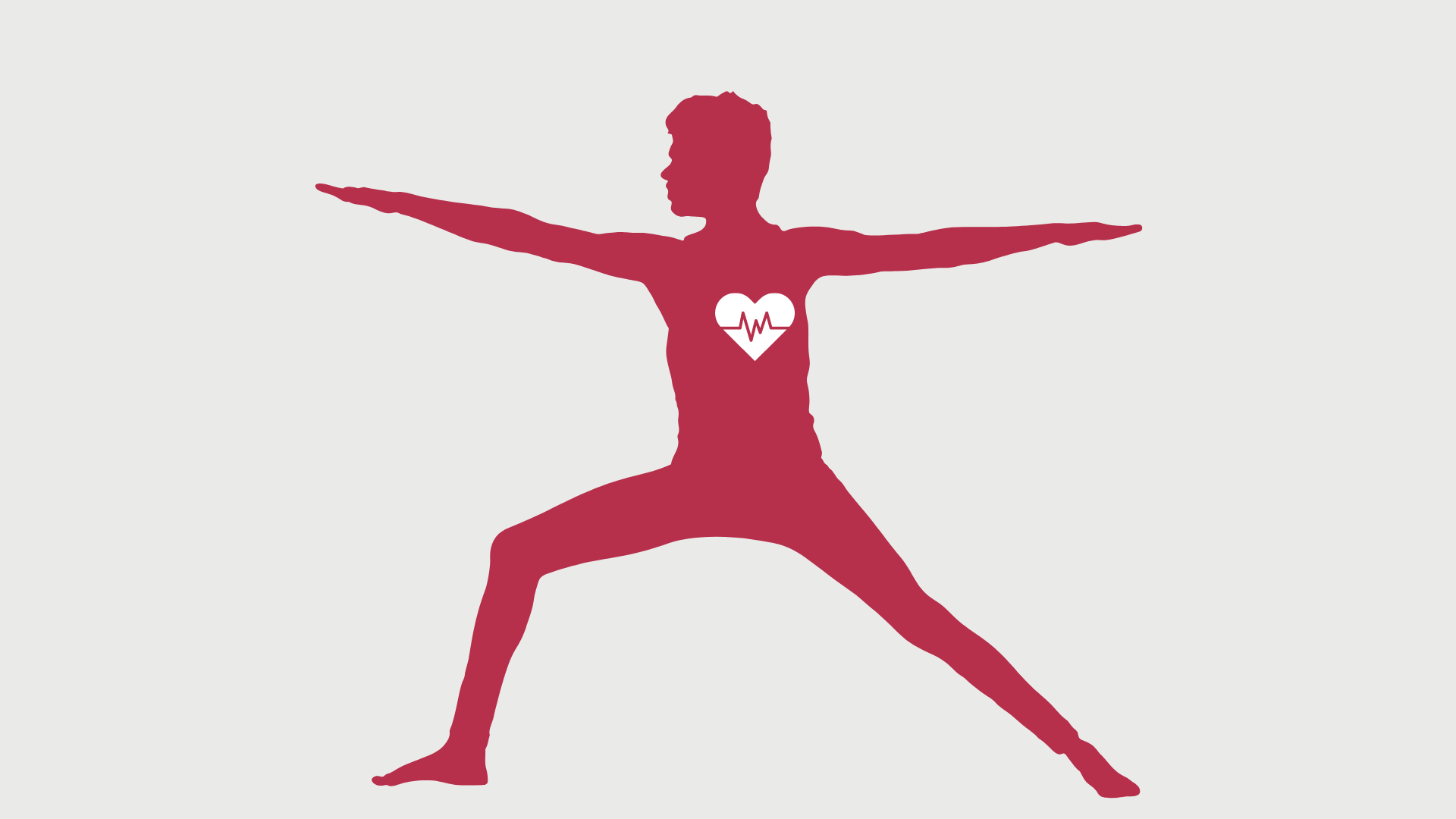When my mom was bored — which was often, since she could never have enough friends or things to do — she’d answer the phone with “Hello, Joe’s Bar and Grill,” before saying in a conspiratorial voice, “I have to tell you something.” That line always terrified me, but it usually just meant she had gossip. My mom could talk for hours about the relationships between different people in the Jewish community of Seattle. In her later years, when she was getting out less, her fascination with social connections began to coalesce around genealogy. “Can I please tell you how they’re related?” she’d sometimes beg before telling me a long-winded story about someone’s sixth cousin, thrice removed. Sometimes, if she sensed I wasn’t paying attention, she’d sigh dramatically and say, “Well, that’s the pooper scooper.” But I tried to ensure that wouldn’t happen: I needed her in my life forever.
Instead, my mom died six months before the pandemic began. I didn’t get the chance to “mourn in public,” hounding strangers with my favorite memories of her. All I get are these photos that pop up at random intervals on my phone — my mom giddy on the subway to the D.C. Zoo; my mom in the hospital connected to a hundred tubes.

Quarantine has come to feel like an extended shiva, but with no visitors allowed and a surplus of emotional turmoil. First, our government’s monumental Covid failures kept me up at night. Then, a steady stream of nightmares about my mom’s last year on earth.
I began constructing elaborate self-care rituals to give some hazy definition to my days. One of them was to use Zumba to wring serotonin from my brain. Classes were free on Amazon Prime and I knew the moves from a depressing winter in Berlin that trapped me indoors. Plus, I was convinced that one of the instructors was gay.
Zumba made me feel like I was hiking in Los Angeles: yes, I was wincing at the shirts that read “Your Vibe Attracts Your Tribe” but I was also in a meditative trance in which there was no such thing as time. I branched out and bought a digital membership to Peloton; a video game for exercising called Ring Fit Adventure; and a premium subscription to Just Dance (allowing me access to titles like “E.T.” by Katy Perry and “I Love It” by Icona Pop). I was too cheap to purchase a Peloton, but when Apple Fitness+ came out, I used my partner’s watch to get really into HIIT workouts that would send me perilously close to the dining room table.
From Kim Ngo, a trainer with Apple Fitness+, I absorbed maxims like “you can do anything for five more seconds!” (Weirdly helpful for conceptualizing grief.) Another Apple Fitness+ trainer named Sam Sanchez, while curling her biceps, remarked ominously: “This is a really important exercise for carrying bags because I’m only trying to take one! Trip! To the grocery store!” Occasionally, the emergency vehicle sirens fit perfectly against the upbeat techno beats, stirring in me amped-up feelings of guilt and dread.
I’d expected something more existential or philosophical to help with my grief— like really good art or therapy. Instead, repetitive movements and cheesy motivational sayings were getting me to a place of semi-emotional stability. After working out, I felt like I could get through the day.
Accordingly, I began developing deep, parasocial bonds with these friendly tyrants that made me wheeze. Sometimes I’d smile at a trainer, or laugh at one of their not funny jokes. I’d roll my eyes like I was telegraphing to an invisible friend, “Well, that’s trainer Ben for you.” Dancing out my stress after watching a CNN segment — an admittedly obscene act— I began to wonder if I was losing my mind.
Concerned, I called Dr. Shira Gabriel, an associate professor of psychology at SUNY Buffalo who studies parasocial, or “one-way” relationships. Within the first ten minutes of our call, she’d assured me that she, too, was feeling closer to her virtual workout instructors.
“When we evolved as a species, we didn’t need to distinguish between real people talking to us and a video talking to us, so our very primitive mind reacts to that as if it’s real,” Gabriel explained. She also mentioned a phenomenon called “collective effervescence,” or the feeling of synchronicity on a group scale. It’s that vibe you get at a protest, baseball game, orgy or group exercise class that makes you feel like you’re a part of something greater than yourself.
Mirroring a trainer’s movements made me feel connected to them in a visceral way, which seemed slightly pathetic to me. But parasocial relationships are all around us. According to psychologists, insecure folks use one-way relationships to gain confidence, since these relationships can’t end in rejection. Sharing fictional social worlds can even help couples find greater relationship satisfaction, especially if they don’t share many real-life friends. Recent research has found that individuals who’ve experienced traumatic events may be less likely to develop PTSD if they’re able to rely on “social surrogates” to combat their isolation.
For those who’ve spent the pandemic largely alone, parasocial relationships may have taken on even greater importance. Psychologists consider lockdown an “externally-imposed social deficit,” which is likely making lonely people feel even more connected to TV characters, folks in their Twitter feed, and even inanimate objects — just look at how many people on Twitter felt so emotionally invested in a giant cargo vessel that they wanted it to stay stuck.
Professor Gabriel says that when she was first starting out in parasocial research, funding was impossible to secure because the field was considered “frivolous.” Now, that is not the case: in the last decade, parasocial relationships have become acknowledged within psychology as what she calls a “fully acceptable area” of study.
Still, trainers seem to bring up conflicted feelings: though they’ve seen us through a lot this past year, some of us don’t want to know anything about the people who’ve made us grunt, while others want to know everything.
I’ve formed my deepest connection with Adriene Mishler, star yogi of YouTube. According to my watch history, I’ve stretched 113 times to her “stress and anxiety” routine, which I’ve sometimes followed up with “yoga for disasters” or “yoga for depression.”
The comments under her videos have started to feel like ad hoc support groups, the usefulness of her stretches revealing the depths of our despair. One freshman year college student wrote back in November of 2020 that arching and twisting her body along with Mischler made her feel “like at least I showed up for myself even if that’s the only thing I can bring myself to do.” Others mentioned how her routines had helped soothe them after layoffs, twelve-hour nursing shifts and home-schooling stress.
To us, her loyal fan base, Mischler was offering a service comparable to lengthy therapist sessions and high water-pressure shower time, all rolled into one. “I’m almost annoyed at how much I feel better after just investing twenty [minutes],” someone else wrote.

I wanted to join a real-life grief group in early 2020. I needed that face-to-face support, and still do: while I try to remember my mom’s eccentricities and expansive social life, my mind replays the same traumatic memories from her last year, like when an aide at an understaffed nursing home accidentally bumped into her bed sore, making her cry out in agony, or when she briefly became dependent on an OxyContin prescription meant to help her recover from a botched pacemaker procedure.
As the pandemic dragged on, my nightmares continued, accentuated by the latest images from the NYT homepage. One morning, barely out of a dream in which maskless hordes had descended on my mom’s nursing home, I landed on a milquetoast Insta story from one of “my” trainers, who lived in L.A. The city was gripped with fear over a surge in Covid cases, but he was out doing burpees in a park near my house as if nothing was amiss. I was supposed to feel disgusted, but I wasn’t. I was just happy to marvel at a body that wasn’t failing.






